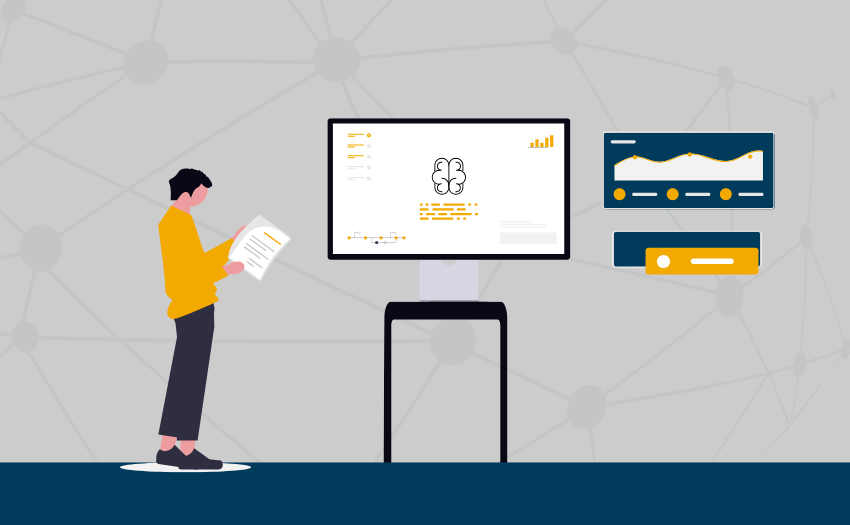After understanding who your customers are and identifying patterns in their behavior, the next step is to put those insights into action. By catering to the unique values, needs, engagement patterns, and preferences of your users, you can shape customer-centric experiences.
AI helps you segment audiences automatically based on data. This grouping enables each customer to have a personalized experience with your platforms and messaging, such as the promotions they can see on your website, when these promotions appear, and what happens when they click on them.
AI can personalize the customer experience by:
- Recommending products based on purchase and browsing history
- Highlighting personalized promotions that match customer interests
- Tailoring website or app design to fit customer preferences
- Sending messages or reminders at optimal times for engagement
By leveraging AI to scale personalization, teams can cater to the diverse needs of their audiences, resulting in increased engagement, satisfaction, and retention.
Tool Example:
Dynamic Yield by Master Card helps teams create customer experiences that are “personalized, optimized, and synchronized.” Its AI-powered tool, Experience OS, enables businesses to tailor content, product recommendations, messages, and offers based on historical customer behavior patterns.
Conclusion
Collecting information about your customers, identifying patterns in their behavior, and using those insights to personalize their experience is key to product success. Given the time-consuming nature of customer behavior analysis, AI now plays a crucial role in automating these tasks. If your team is aiming to improve customer-centricity, engagement, and loyalty at scale, consider incorporating AI into your strategy.
Learn how to apply AI tools to understand and capture feedback from your customers with our AI for Customer Insights course. You’ll be prepared to analyze customer profiles and behavior, collect and simulate customer feedback, and apply AI tools at each stage.
Join the waitlist for ICAgile’s AI for Customer Insights course today!






